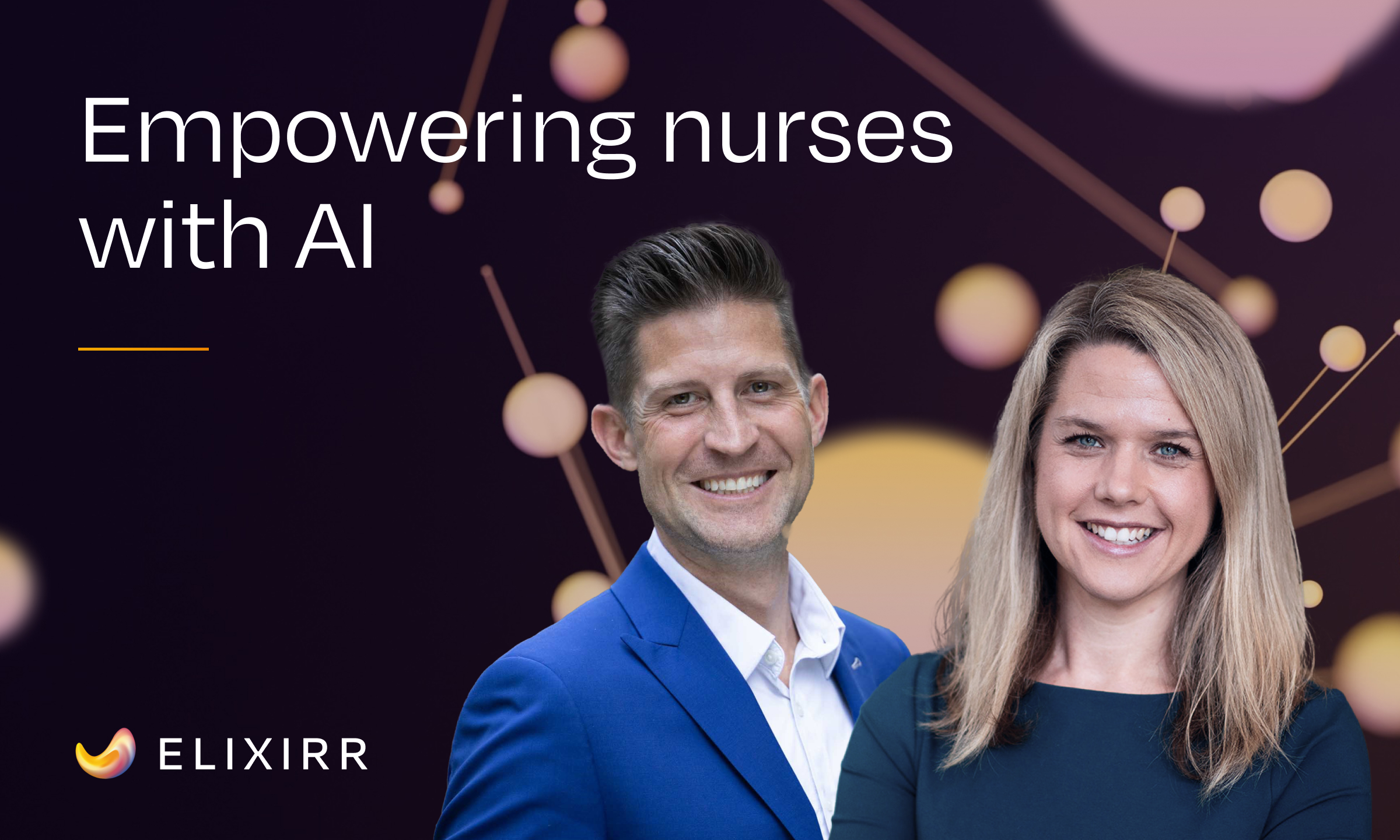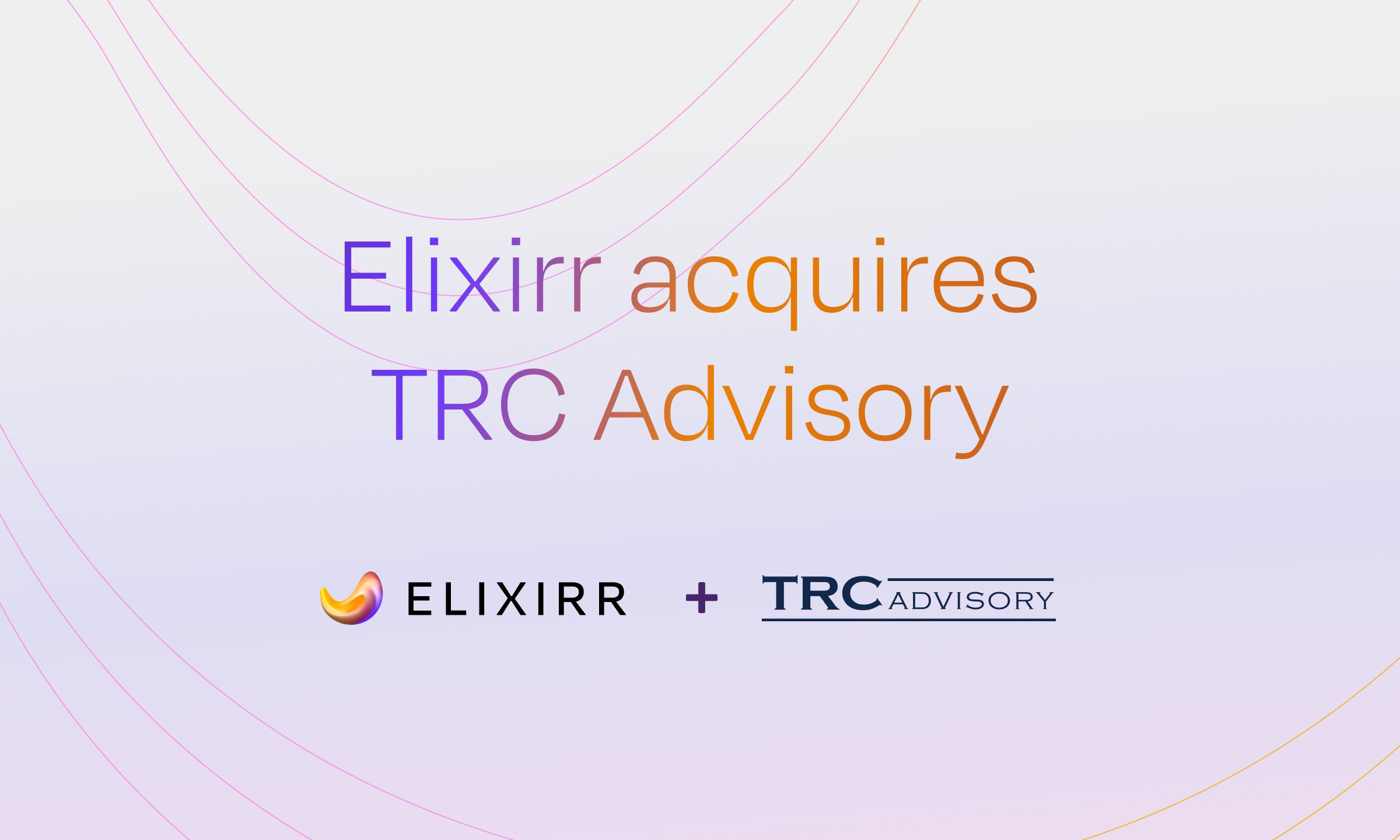Articles
Empowering nurses with AI
Elixirr presents the first episode of The Enterprise AI Playbook: How Leaders Drive AI Transformation, a new series where Adam Hofmann, Generative AI Practice Lead, speaks with key leaders across…

Elixirr presents the first episode of The Enterprise AI Playbook: How Leaders Drive AI Transformation, a new series where Adam Hofmann, Generative AI Practice Lead, speaks with key leaders across industries about successfully implementing AI within their organizations.
In this insightful episode, Adam is joined by Ryannon Frederick, Chief Nursing Officer at Mayo Clinic, to discuss the clinic’s groundbreaking efforts to integrate AI into nursing practices.
Nursing is undergoing rapid transformation
Nursing is undergoing rapid transformation, shaped by surging technological advancements, especially in AI. While staffing levels have improved, nurses now face the challenge of adapting to a new, fast-paced digital landscape. There’s an insatiable demand for innovation, often driven by a desire to be first.
To effectively keep pace with this evolving landscape, change must be led by nurses themselves. This means deeply understanding what nurses need, when and where they need it, and empowering them to co-innovate solutions that drive meaningful adoption. Achieving this requires a cultural shift – from a mindset of long-term perfectionism to one that embraces iterative development, grounded in flexibility, collaboration and continuous feedback.
Key benefits of AI
Communication and ongoing education are key, as are collaborative relationships between clinical staff and IT. As AI enters the fold, it must be seen as an enhancer – streamlining workflows, supporting decision-making and reducing cognitive burdens. For example, AI-powered tools now aid nurses by summarizing patient interactions, speeding up documentation and suggesting patient responses with cited sources, saving time and preserving energy across long shifts. Scheduling and staffing are also being optimized through predictive AI models that align workforce levels with patient volumes, reducing burnout and costly last-minute changes.
What is the key to success?
Yet, at the heart of this transformation is the need for human connection. Tools like ambient documentation free up nurses to focus on patients, ensuring empathy and communication aren’t lost in the rush toward efficiency. Success lies in building trust – not mandating new tools, but by demonstrating their value, respecting patient privacy and consistently showing that technology supports, rather than replaces, human care. Executives must engage frontline workers to identify pain points and view AI not as a fix, but a tool to reduce workload and enhance care quality. Regulation must catch up to ensure data protection and ethical deployment, but most importantly, trust must be earned and not assumed. By doing so, nursing can evolve into a more sustainable, supported profession where technology amplifies compassion and transformation is driven not by speed, but by thoughtful, inclusive design.















